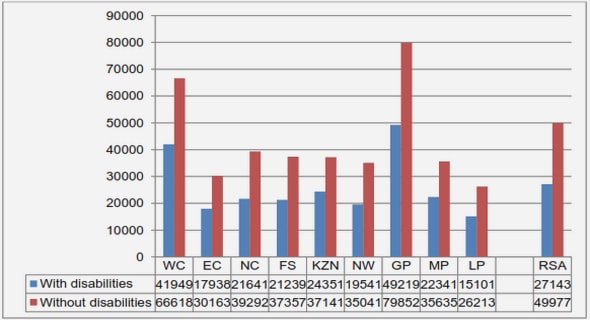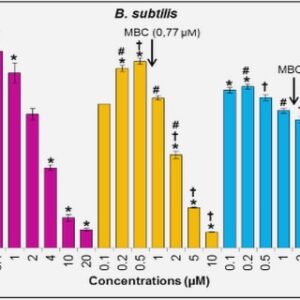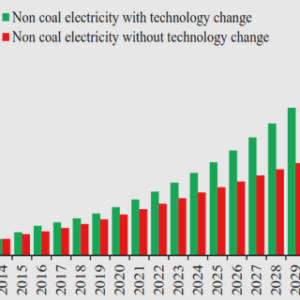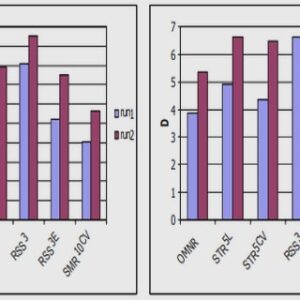(Downloads - 0)
For more info about our services contact : help@bestpfe.com
Table of contents
LITERATURE REVIEW
1. Present situation of natural rubber
2. Natural rubber latex and raw rubber production
2.1 Tapping and latex collection
2.2 Raw natural rubber production
3. Natural rubber structure and properties
3.1 Latex composition
3.2 Natural rubber mesostructure
3.3 Natural rubber properties
4. Natural rubber maturation
4.1 Modification of latex biochemical composition during maturation
4.2 Evolution of NR structure and properties during maturation
5. NR oxidation and antioxidants
5.1 NR oxidation
5.2 Antioxidants
5.3 Native antioxidant in natural rubber
5.4 Antioxidant activity assay
MATERIALS AND METHODS
1. Standards and chemicals
2. Latex sources
2.1 Latex source for uncontrolled maturation conditions experiment
2.2 Latex source for controlled maturation conditions experiment
3. Maturated sample preparation
3.1 Unsmoked rubber sheet (USS) preparation
3.2 NR sample prepared under uncontrolled maturation conditions (mini-sheets)
3.3 Natural rubber sample prepared under controlled maturation conditions
3.4 Maturation box device
4. Lipid extraction from dry rubber
5. Lipid composition analysis
5.1 Qualitative analysis of lipids by thin layer chromatography (TLC)
5.2 Quantitative analysis of lipids by high performance thin layer chromatography (HPTLC)
5.3 Total fatty acid and unsaponifiable compositions analysis by GC-FID/MS
5.4 -tocotrienol derivertives identification
6. Natural rubber properties measurement
6.1 Determination of dry rubber properties, Initial plasticity (P0) and PRI
6.2 Mesostructure analysis by size exclusion chromatography coupled with a multi-angle scattering detector, SEC-MALS
7. Antioxidant activity test of total lipid using 2,2-diphenyl-1-picrylhydrazyl, DPPH method .
7.1 -tocotrienol and NR lipid extracts samples antioxidant measurement
7.2 Method repeatability and reproducibility
CHAPTER 1: METHODOLOGY DEVELOPMENT
1. Introduction
2. Maturated mini-sheet preparation
2.1 Effect of volume reduction
2.2 Effect of latex dilution
2.3 Effect of the drying method
2.4 Maturation duration
3. Optimization of High Performance Thin Layer Chromatography (HPTLC) for NR lipid composition analysis
3.1 Mobile phase optimization
3.2 Standard calibration curve
3.3 Repeatability and reproducibility of the HPTLC method
3.4 Conclusion
4. Optimization of 2,2-di-phenyl-1-picrylhydrazyl (DPPH) antioxidant activity assay for NR lipids
4.1 Solvent modification
4.2 Comparison of a microplate spectrophotometer and cuvette spectrophotometer measurements .
4.3 Standard concentration range
4.4 Measurement repeatability and reproducibility
4.5 Conclusion
5. Structural identification of -tocotrienol derivatives
5.1 -tocotrienol derivatives identification from -tocotrienol standard
5.2 Tocotrienol derivatives identification from NR lipid extract
5.3 Conclusion
CHAPTER 2: CHARACTERIZATION OF THE STRUCTURE, PROPERTIES AND BIOCHEMICAL COMPOSITION OF NATURAL RUBBER OBTAINED FROM COAGULA MATURATED UNDER UNCONTROLLED CONDITION AND TREATED USING A USS OR RSS LIKE PROCESSING
1. Initial pH of latex, and pHs of coagula and serum during maturation
2. Fresh and dry matter of laminated mini-sheets
3. Evolution of bulk properties of NR from matured coagula under uncontrolled maturation conditions (USS/RSS like process)
4. Evolution of lipid extract composition of NR from matured coagula under uncontrolled maturation conditions (USS/RSS like process)
4.1 Lipid quantity
4.2 Qualitative analysis of lipid evolution during maturation
4.3 Quantitative analysis of lipid evolution during maturation
5. In vitro antioxidant activity test of NR lipid extract by 2,2-di-phenyl-1-picrylhydrazyl (DPPH) method
5.1 Antioxidant activity of lipid extracts from rubber obtained from maturated coagula
5.2 Antioxidant activity of purified -tocotrienol derivatives
6. Conclusion
CHAPTER 3: CHARACTERIZATION OF THE STRUCTURE, PROPERTIES AND BIOCHEMICAL COMPOSITION OF NATURAL RUBBER OBTAINED FROM COAGULA MATURATED UNDER CONTROLLED CONDITION AND TREATED USING A TSR LIKE PROCESS
1. Initial pH of latex, and pHs of coagula and serum during maturation
1.1 Comparison with uncontrolled conditions
1.2 pH follow-up of mini-coagula samples under controlled conditions
2. Fresh and dry matter of mini-crepes
2.1 Comparison with uncontrolled conditions
2.1 Evolutions of fresh and dry matter of maturated coagula under controlled conditions
3. Evolution of bulk properties of NR from maturated coagula under controlled maturation conditions (TSR like process)
3.1 Comparison with uncontrolled conditions
3.2 Evolution of bulk properties of mini-crepes under controlled conditions
4. Mesostructure analysis
4.1 Total gel content
4.2 Weight-average molar mass (Mw) and number-average molar mass (Mn)
5. Evolution of lipid extract composition from matured coagula under controlled maturation conditions (TSR like process)
5.1 Lipid quantity
5.2 Qualitative analysis of lipid evolution during maturation
5.3 Quantitative analysis of lipid evolution during maturation
6. In vitro antioxidant activity test of NR lipid extract by 2,2-di-phenyl-1-picrylhydrazyl (DPPH) method
6.1 Comparison with uncontrolled experiment
6.2 Evolution of lipids extract antioxidant activity under controlled conditions
7. Conclusion
GENERAL CONCLUSION
REFERENCES




